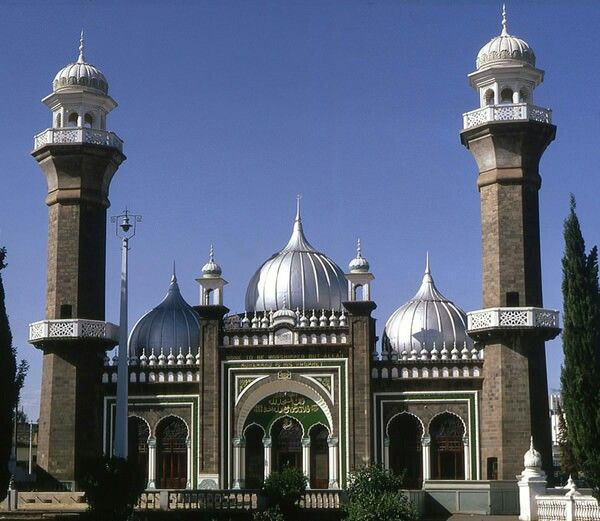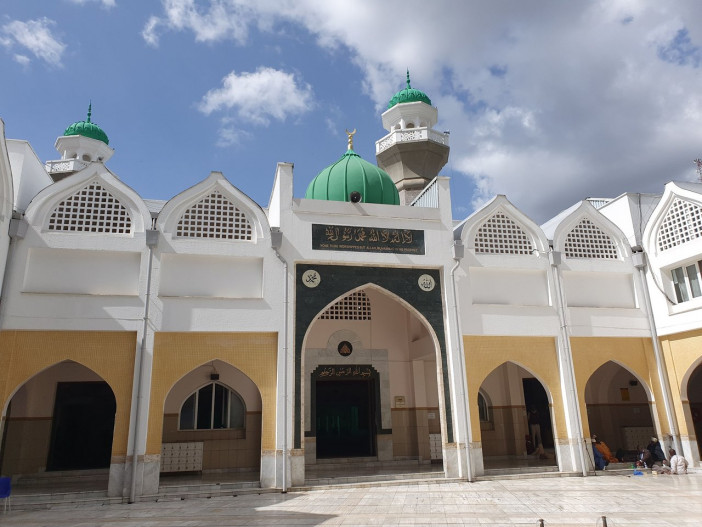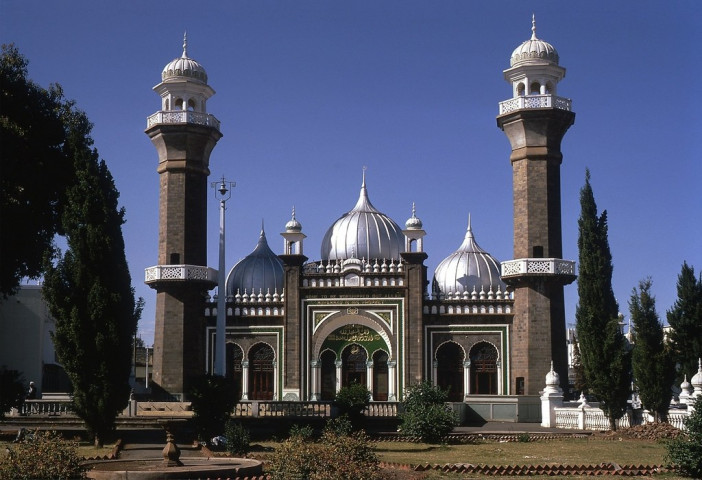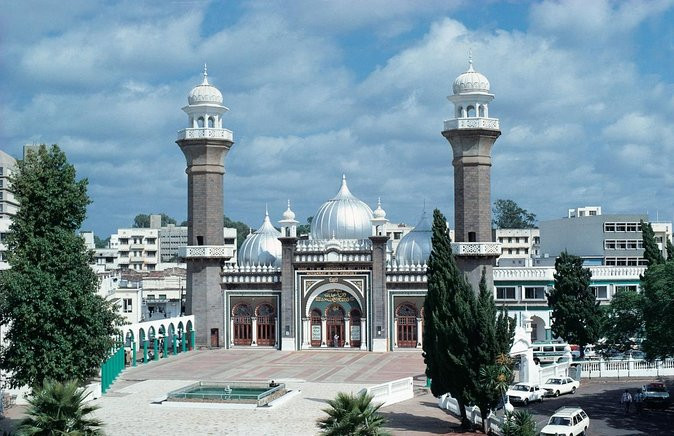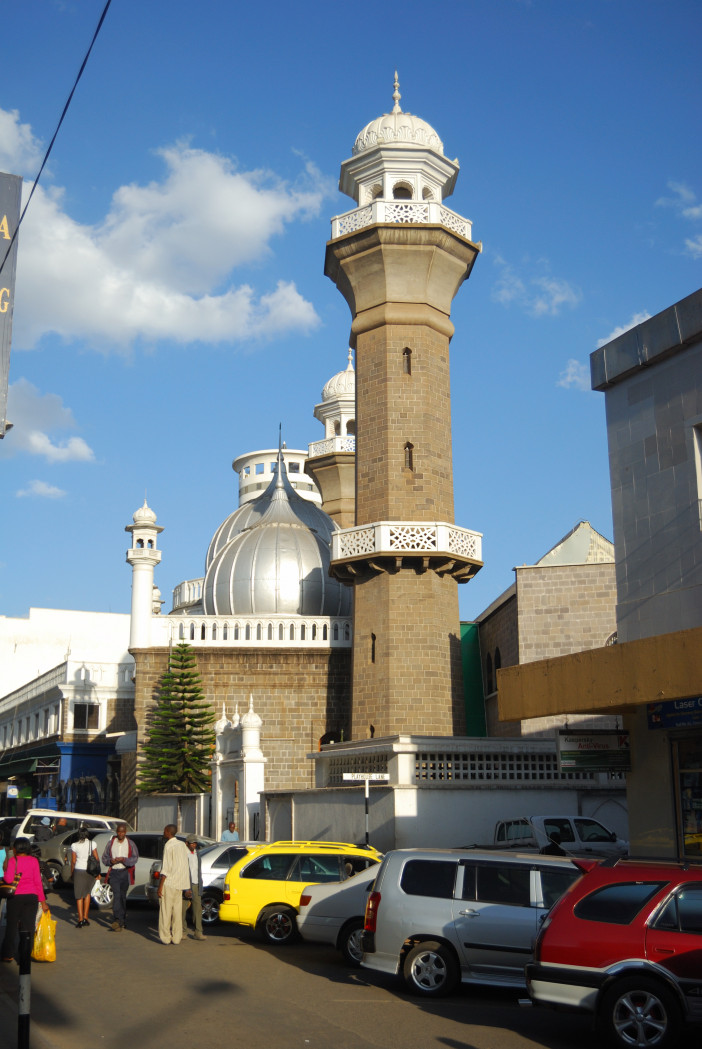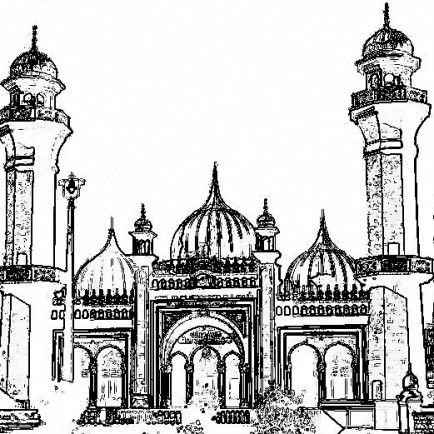Jamia Mosque (Kenya)
History
Jamia Mosque-Nairobi is a landmark and heritage site in the center of Nairobi's Central Business District that features an iconic image and an architectural marvel. Jamia Mosque, which was founded by Syed Maulana Abdullah Shah in 1902 and built between 1925 and 1933, rose to prominence as the hub of Muslim religious organization both before and after India's independence.
Urban and Architectural
With its extensive use of marble and Quranic inscriptions, the Jamia Mosque maintains the typical Arabic Islamic architectural style. It also has the customary row of shops (including a pharmacy and clinic) down one side that generates rental income for the mosque's upkeep. It can be identified by its twin minarets and three silver domes. It has a library and a training facility where people may learn Arabic, basic computer skills, and how to make clothes.
Description
The mosque serves as a focal point for Nairobi's sizable Muslim community since it is where Muslims go to pray on Fridays. In the 1990s and into the 21st century, Jamia has developed into a meeting place for Muslim political, religious, and thought leaders to debate matters pertaining to the ummah.
References
https://en.wikipedia.org/wiki/Jamia_Mosque_(Kenya)#cite_note-1
https://jamiamosque.co.ke/about-jamia-mosque/
https://www.wildlifekenyasafari.com/jamia-mosque/
Details
Location
Jamia Mosque, 32, Nairobi, Kenya
Worshippers
5000
Owners
Syed Maulana Abdullah Shah between
Architect Name
Year of Build
1902
Area
12000
Drawings
Map
History
Jamia Mosque-Nairobi is a landmark and heritage site in the center of Nairobi's Central Business District that features an iconic image and an architectural marvel. Jamia Mosque, which was founded by Syed Maulana Abdullah Shah in 1902 and built between 1925 and 1933, rose to prominence as the hub of Muslim religious organization both before and after India's independence.
Urban and Architectural
With its extensive use of marble and Quranic inscriptions, the Jamia Mosque maintains the typical Arabic Islamic architectural style. It also has the customary row of shops (including a pharmacy and clinic) down one side that generates rental income for the mosque's upkeep. It can be identified by its twin minarets and three silver domes. It has a library and a training facility where people may learn Arabic, basic computer skills, and how to make clothes.
Description
The mosque serves as a focal point for Nairobi's sizable Muslim community since it is where Muslims go to pray on Fridays. In the 1990s and into the 21st century, Jamia has developed into a meeting place for Muslim political, religious, and thought leaders to debate matters pertaining to the ummah.


